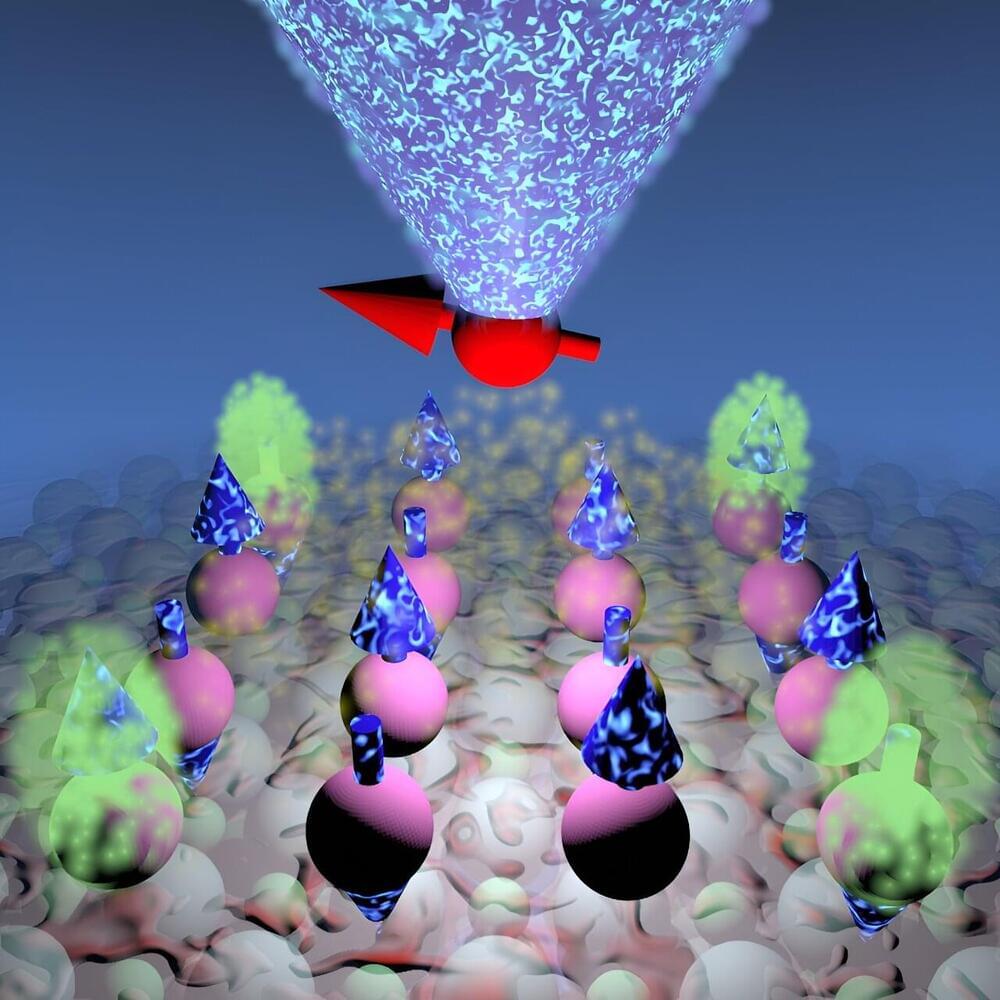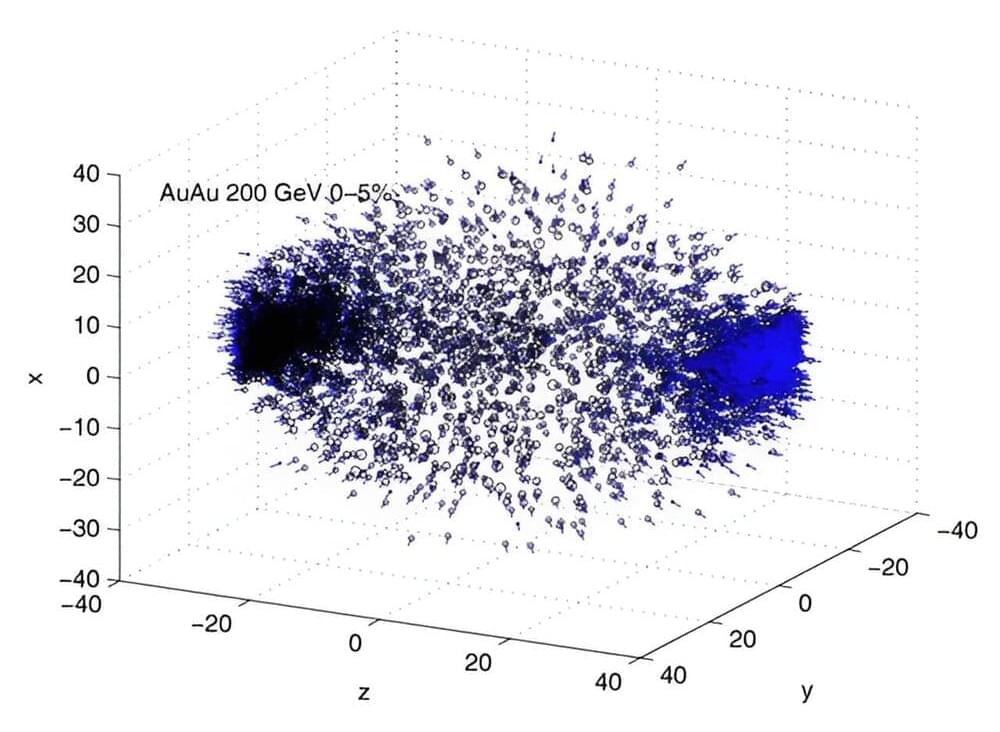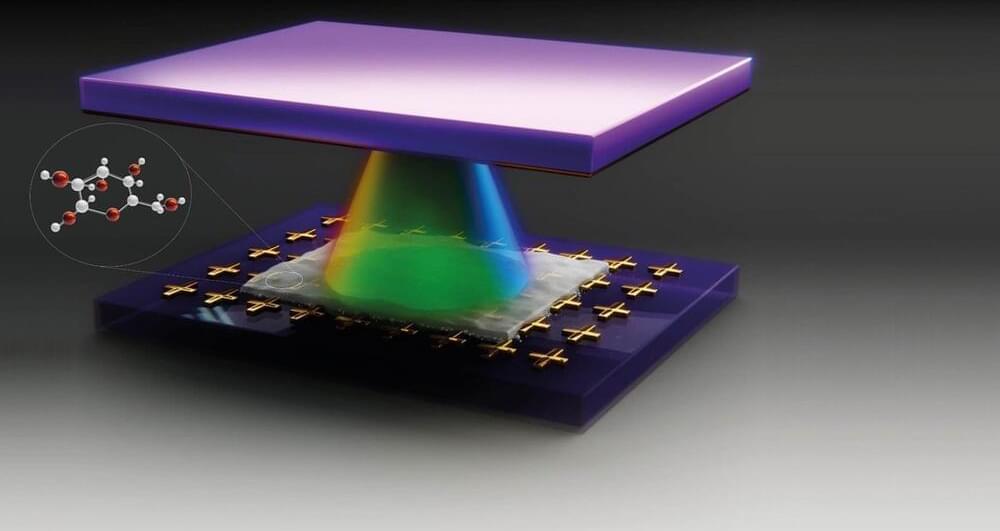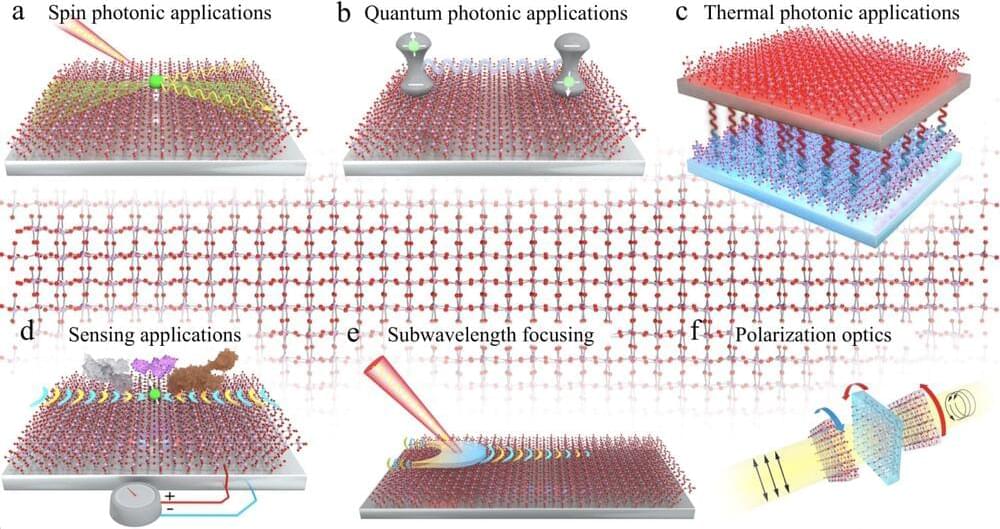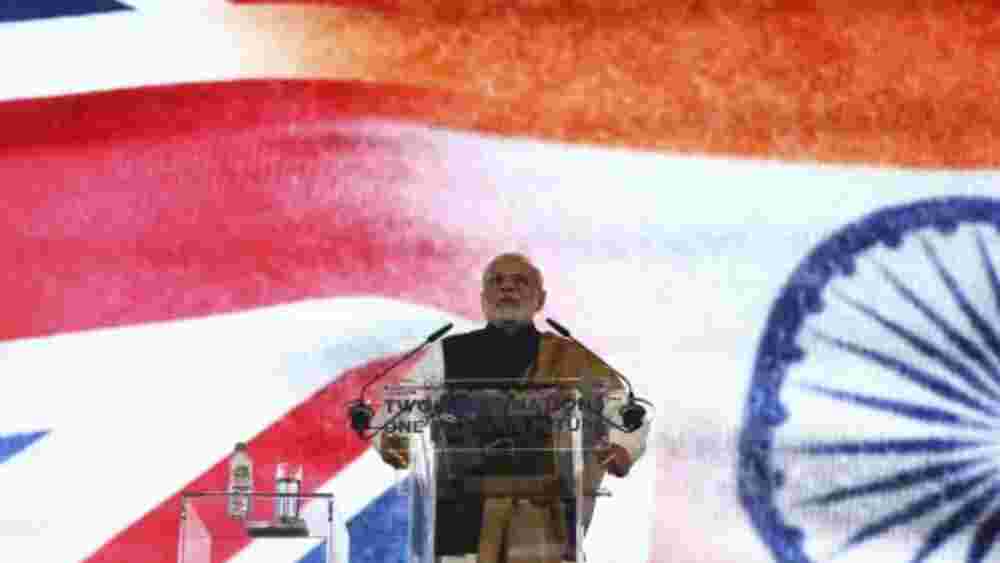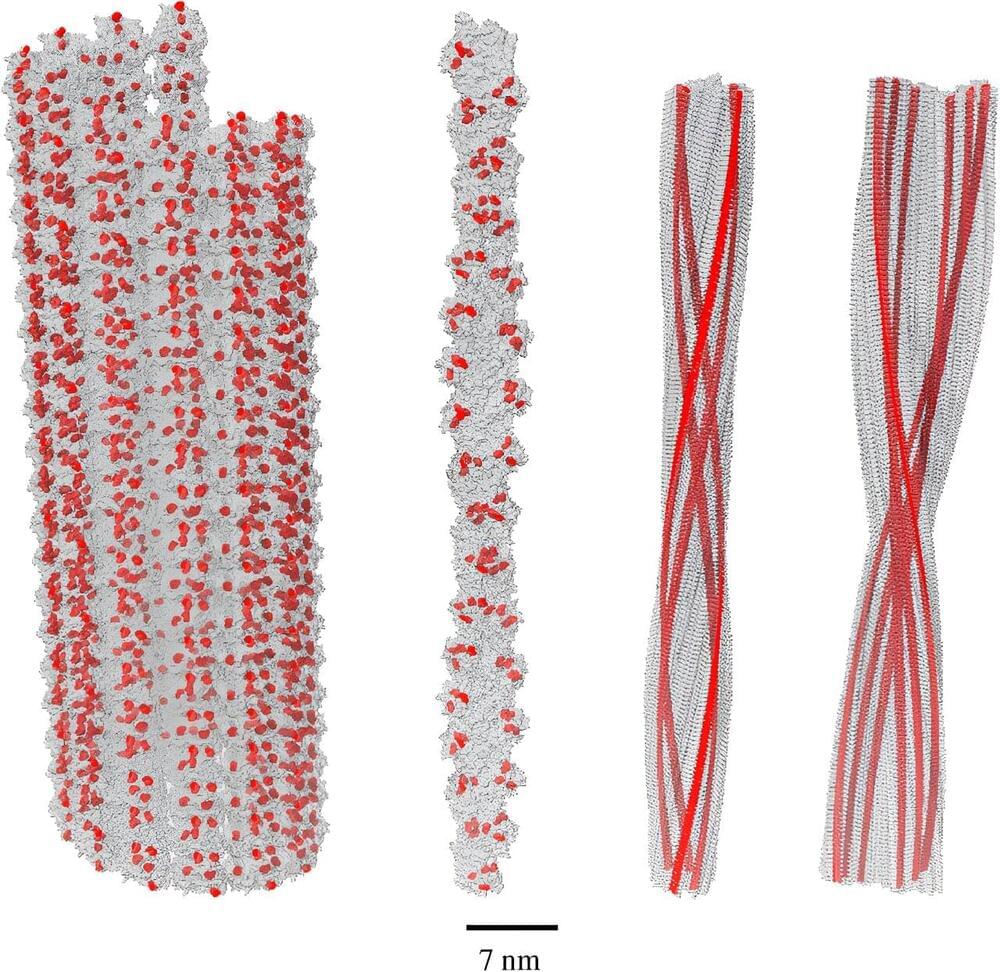Aug 30, 2024
New Experiment Brings The Quantum Internet a Step Closer to Reality
Posted by Saúl Morales Rodriguéz in categories: internet, quantum physics
While the idea of a quantum internet has a huge amount of potential, getting it hooked up to the regular old internet has its challenges.
Now a new study hints at how existing and future networks could be combined.
An experiment conducted by researchers from Leibniz University Hannover in Germany show how quantum information and the classic 1s and 0s of conventional data could be beamed down the same optical fiber.

